You will need:
- Honey
- Water
- Sugar
- Baking soda
- Butter or oil.
- Baking Tray
- Saucepan
- Whisk
- Spoons
- Cup
- Stove and oven
- Adult help.
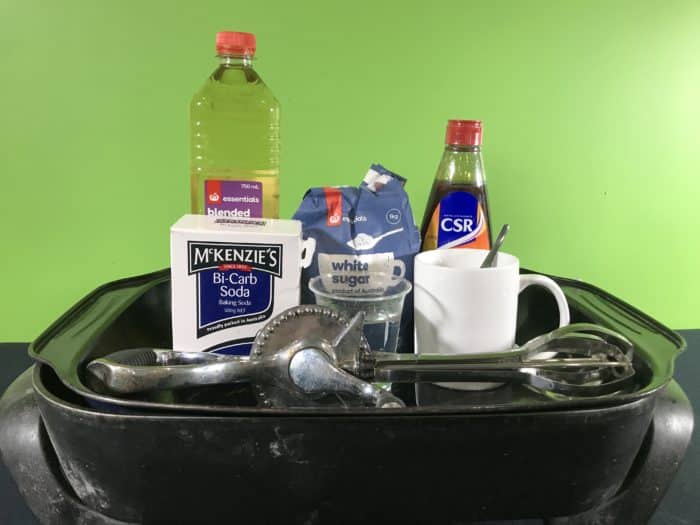
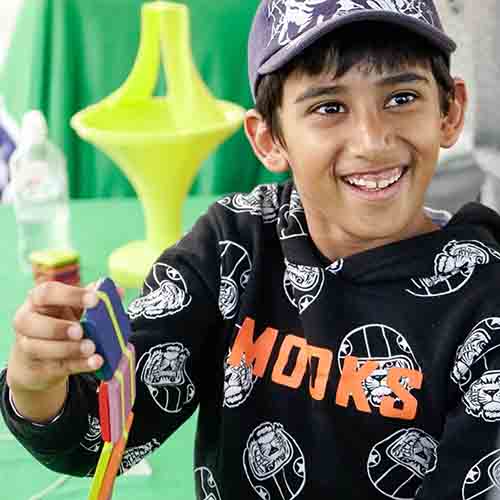
School science visits since 2004!
– Curriculum-linked & award-winning incursions.
– Over 40 primary & high school programs to choose from.
– Designed by experienced educators.
– Over 2 million students reached.
– Face to face incursions & online programs available.
– Early learning centre visits too!
Why Does This Happen?
The sodium bicarbonate reacts when you add it to the hot sugar syrup.
This is due to the heat of the solution breaking down the sodium bicarbonate into carbon dioxide, water and sodium carbonate. The actual chemical reaction is as follows:
2NaHCO3 > Na2CO3 + CO2 + H20
This type of reaction is known as a thermal decomposition reaction which means that the heat of the solution breaks the chemical bonds within the chemical compound. The bubbles from the carbon dioxide in the reaction caused the honeycomb mixture to rise.
Variables to test
- Change the amount of one of the ingredients
- Change the temperature applied to the honeycomb
From colour changes to slimy science, we’ve got your kitchen chemistry covered!
Get in touch with FizzicsEd to find out how we can work with your class.
Chemistry Show
Years 3 to 6
Maximum 60 students
Science Show (NSW & VIC)
60 minutes
Online Class Available
STEM Full Day Accelerator - Primary
Designed from real classroom experiences, this modular day helps you create consistently effective science learning that directly address the new curriculum with easily accessible and cost-effective materials.
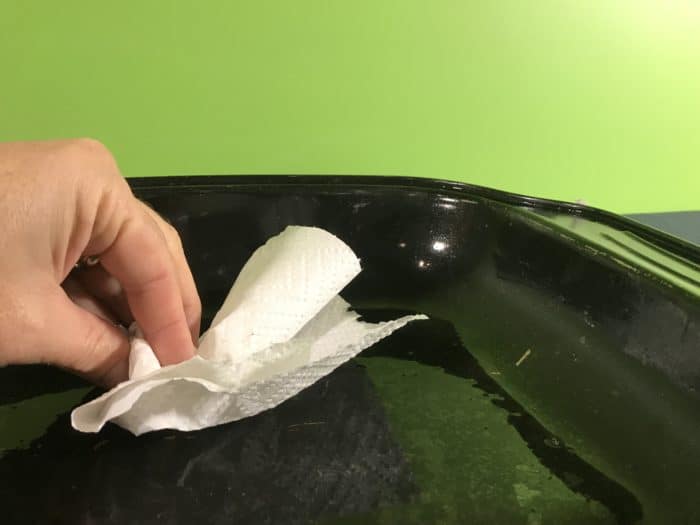
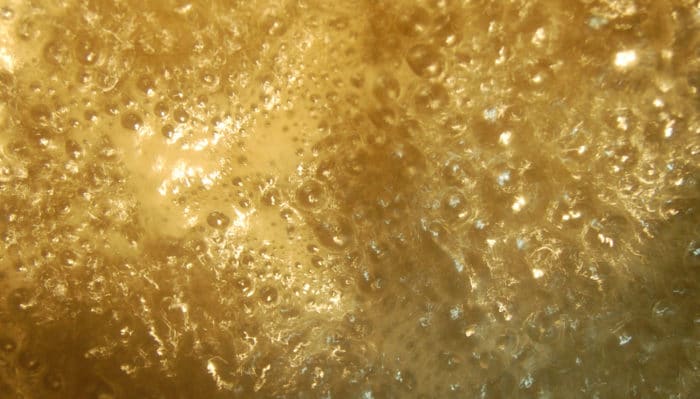
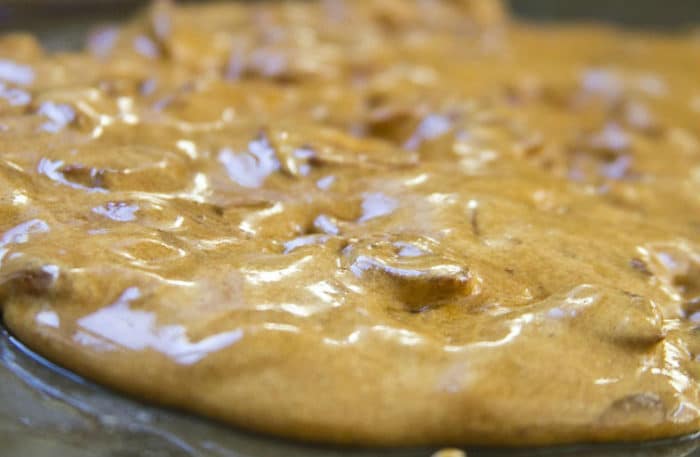
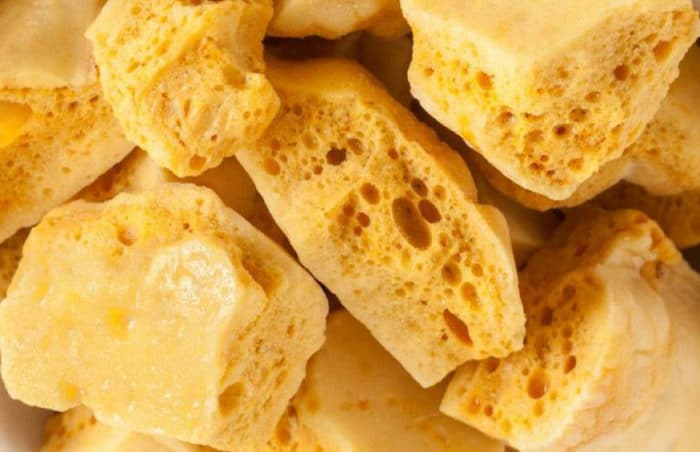
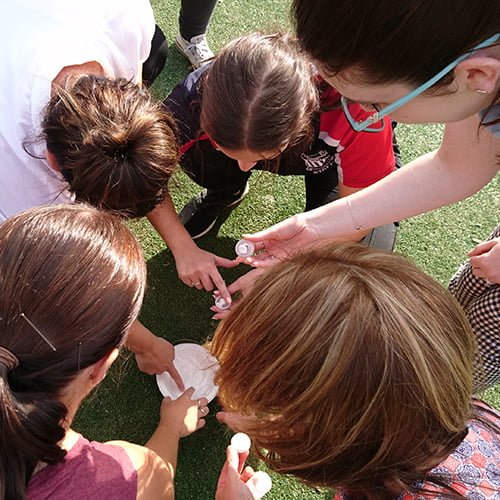


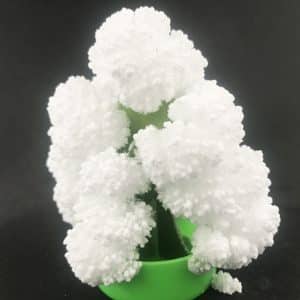




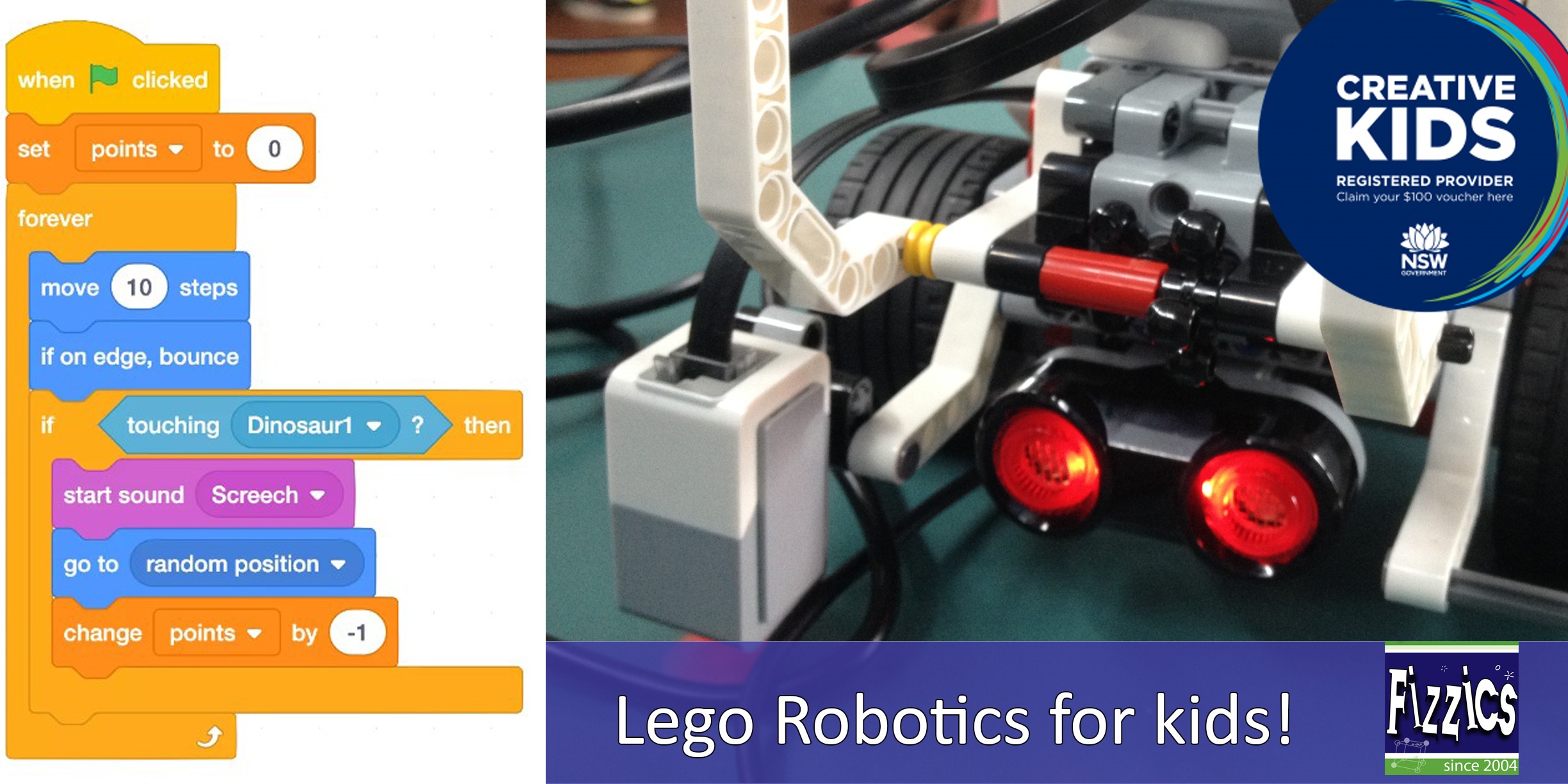
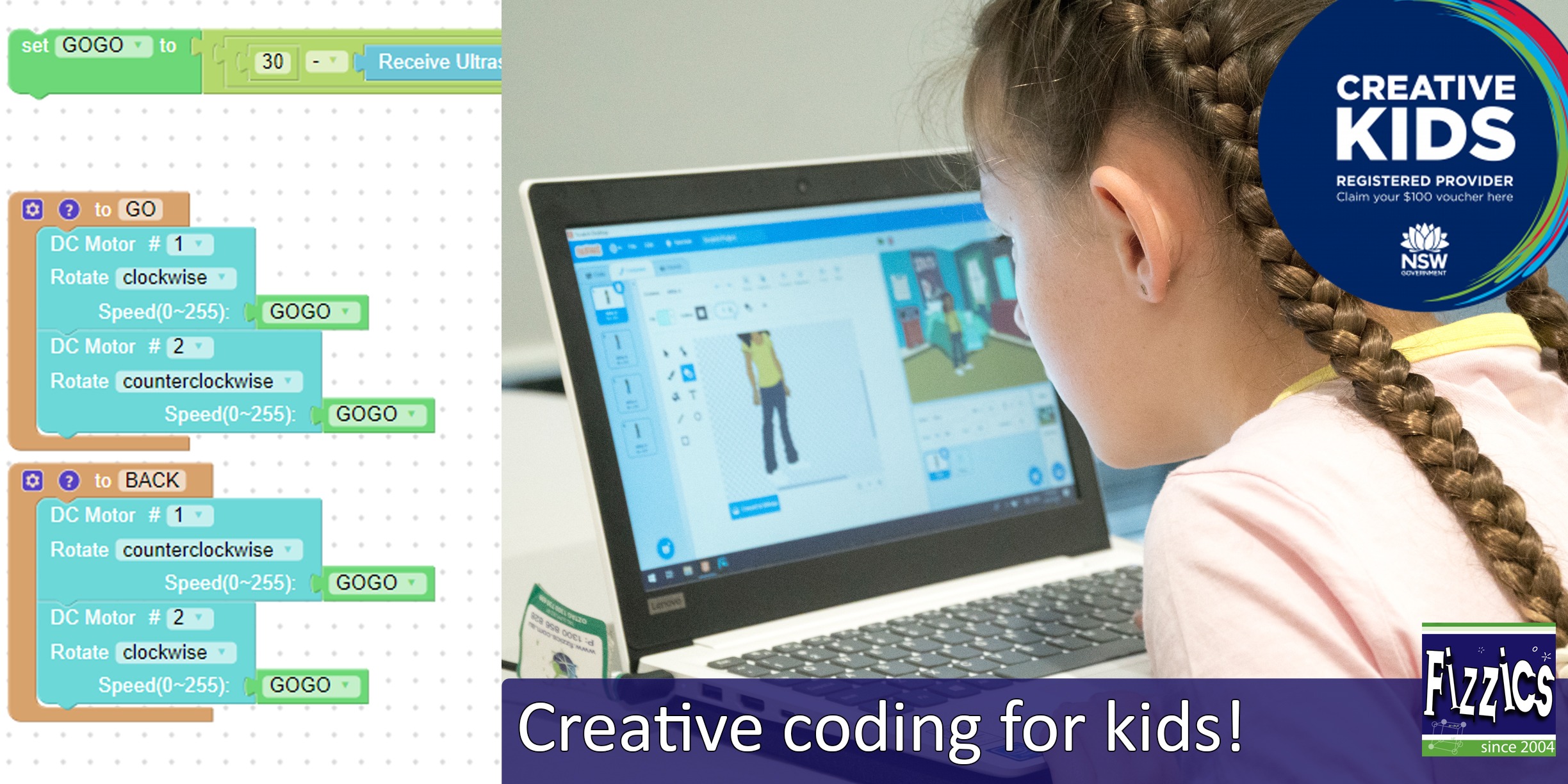
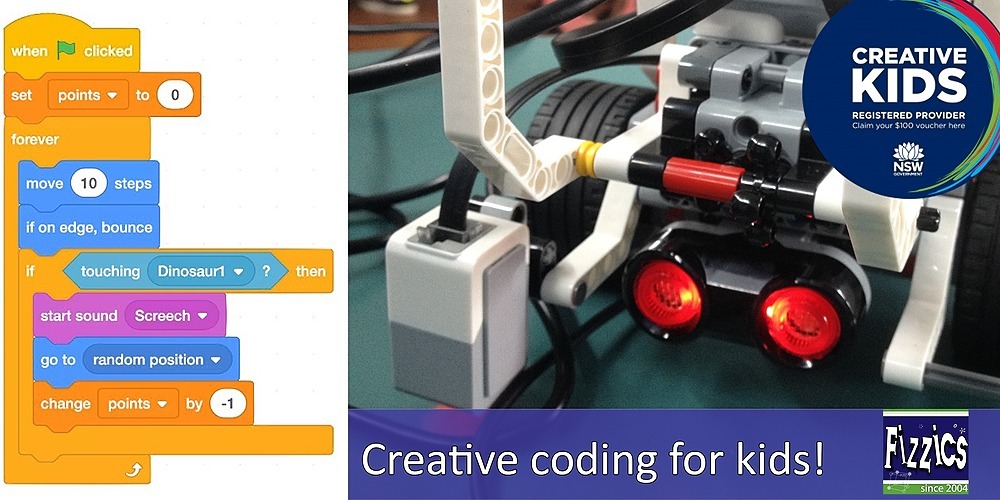
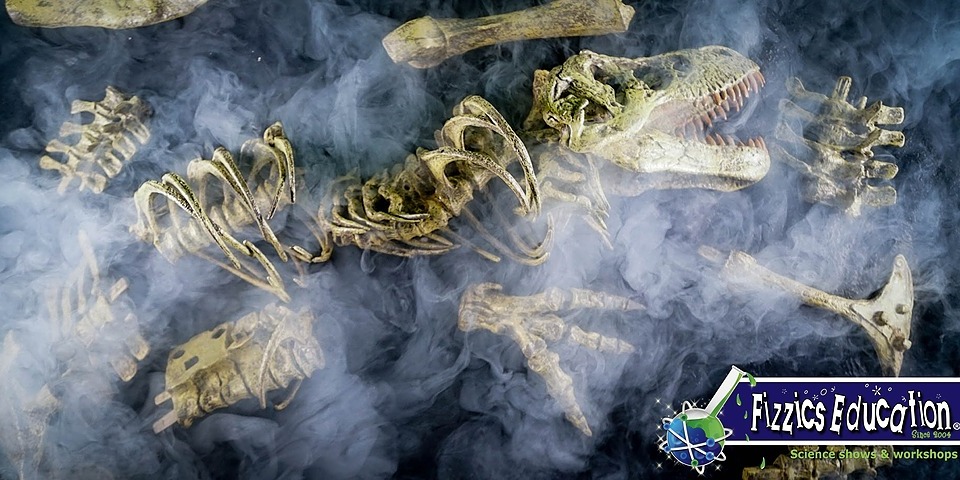





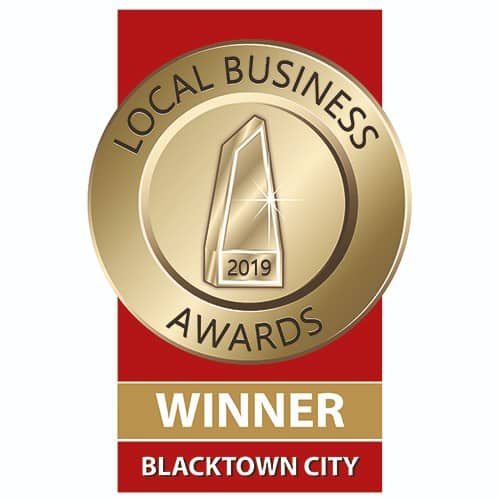






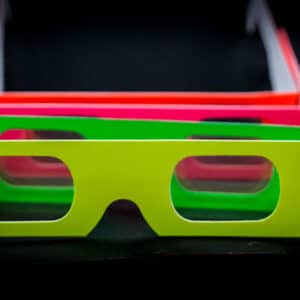


Yum! I LOVE honeycomb!
The temptation to keep stirring your syrup once it starts boiling is real, but it’s completely unnecessary with this honeycomb recipe. So long as you’re keeping your stovetop temperature at medium heat, it won’t burn.